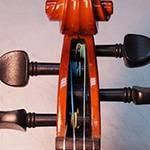I have to take a minute to apologize to everyone!
I will not be able to get this month's "The Fuzz" production article out in time and I will have to push it off to next month.
The reason why is because I have been so busy that I haven't been able to find that darn transistor yet… (I have no regrets).
So, guitarists of the world, please read this month's article with troubleshooting amps in mind.
01Tube Amp Blowing a Fuse
A common problem is that the fuse of a tube amp (Marshall, Fender, MESA/Boogie, etc.) sometimes blows out.
What should you do when you encounter this situation?

The ideal answer is to stop using it immediately, turn off the amplifier, and take it to a repair shop.
Replacing the fuse will not solve anything.
It’s quite the opposite because replacing a blown fuse may make the situation even worse.
Let me explain first.
Some amplifiers have a main fuse and an HT fuse that can be easily installed.
The reason for the issue of the main fuse blowing out is that the amplifier is consuming too much power.
Why is the power consumption too high?
It is because there is a short or near short in the power supply somewhere in the amplifier.
What will happen if a new fuse is replaced just because the fuse has blown?
Of course, the shorted part or the part that is causing the short is still there, so the fuse will blow out again in no time.
You don't need to know where the shorted part is (it is very dangerous to just open up and fiddle around with the inside of the fuse).
In this case, let's just leave it to the repair shop.
02Suddenly there’s no sound... but it comes back after leaving it alone for a little while
The next trouble is not the tube amp, but the sound suddenly stops coming out. However, after a little time, it somehow comes back as if nothing happened.
This is often caused by abnormal heating of the power elements inside the amplifier.
In other words, if the amp is used continuously for too long or it’s been played at a high volume that exceeds its limit, the amp itself decides that it is not good if it gets any hotter and takes a break on its own.
For the players using the amp, it’s not a good thing that it takes a break on its own.
During a live performance when a solo is about to start, if the musician were to say "Oh, sorry, I'm going to take a break because my amp has decided to stop playing," I would want to knock that guy off the Skytree observation deck to the ground! I am not the only one who thinks so.
There are two causes to this issue.
Either there is insufficient cooling due to forced operation, or the shutdown function is malfunctioning.
Here's a piece of trivia!
The main amplifiers that require cooling are transistor (FET) amplifiers, and cooling is not so important for tube amplifiers.
Sometimes I see tube amplifiers with a cooling fan to cool the power tubes, but to put it bluntly, it is "a hundred harms and not a single gain”.
Where do we get the power to run the FAN? The only way is to use an adapter and share the AC plug with the power supply part of the amplifier.
There is no guarantee that the power tubes will not pick up the switching noise if the adapter is a switching power supply or inductive noise if it is a transformer power supply,.Or, if the FAN's motor noise is right next to the power tubes.
Also, there is no point in cooling the vacuum tube, but there is great significance in cooling the circuit board and other parts, including the socket.
Electrolytic capacitors and resistors have guaranteed operating temperatures and are labeled to work at temperatures from -20°C to +20°C.
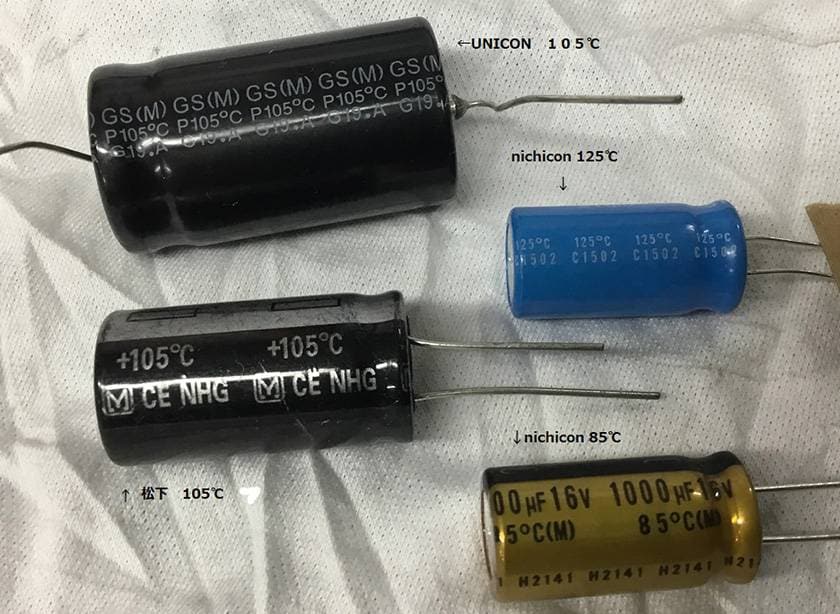
Does it say that on the vacuum tube?
03Chirping noise comes out sporadically
The last problem is that when you play a sound, a chirping noise appears irregularly.
This is the cause of most amp issues;
Don't put your phone near the amp!
That's all for this month.
Please wait for the next blog post of THE FUZZ production part 3.







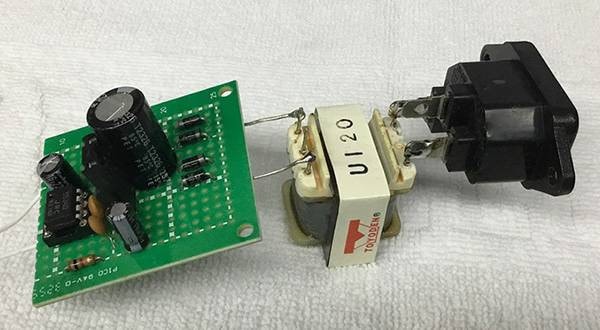
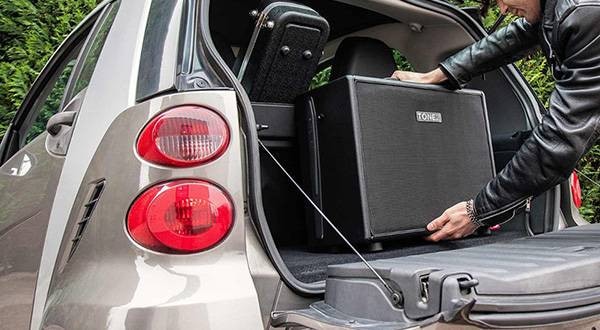
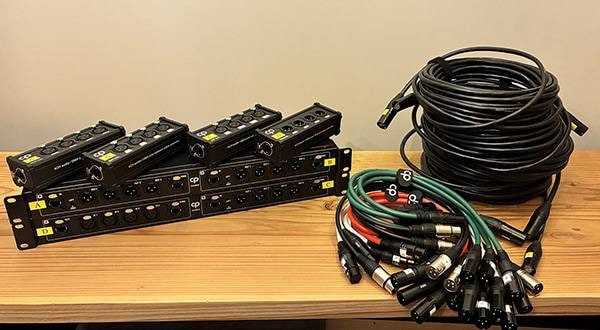
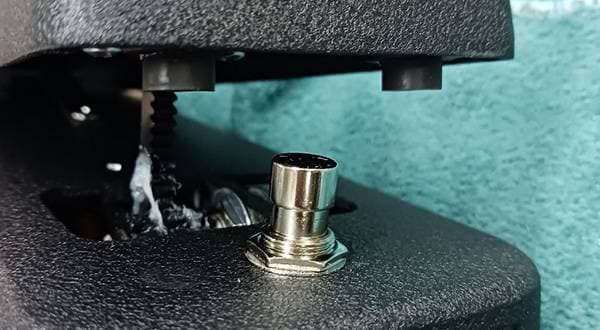
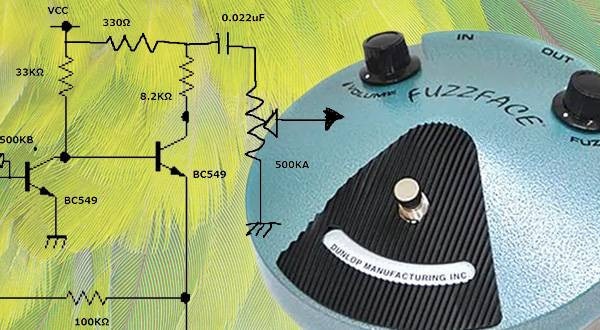
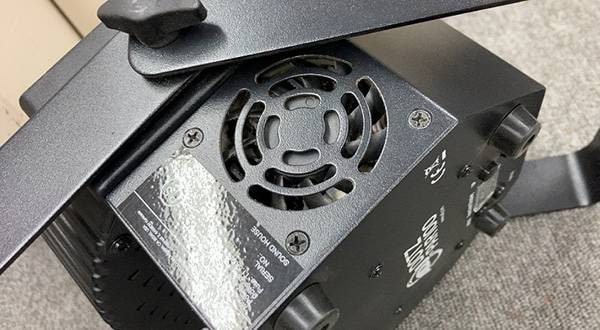
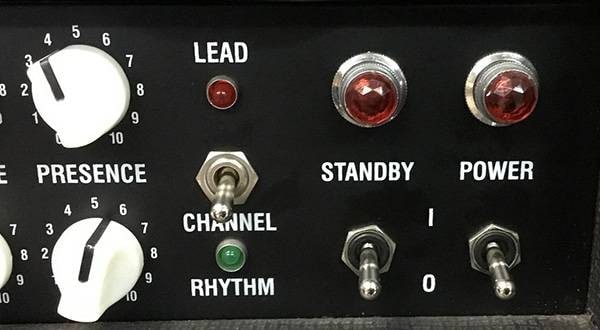
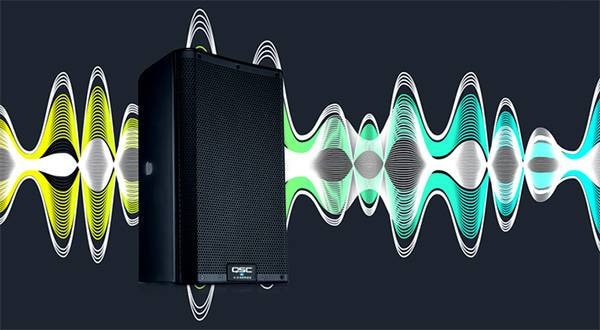
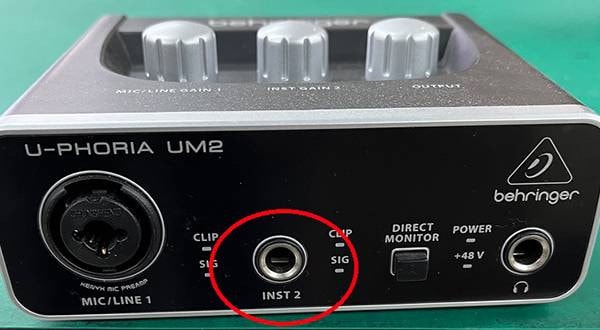
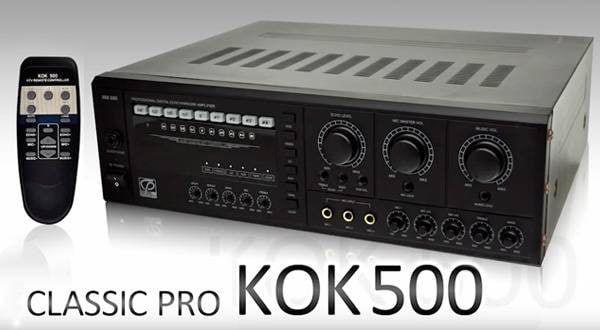
 パワーアンプの定番 Classic Proのおすすめモデル
パワーアンプの定番 Classic Proのおすすめモデル
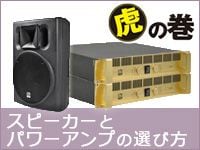 スピーカーとパワーアンプの選び方
スピーカーとパワーアンプの選び方
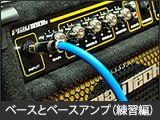 ベースとベースアンプ(練習編)
ベースとベースアンプ(練習編)
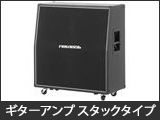 ギターアンプ スタックタイプ編
ギターアンプ スタックタイプ編
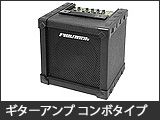 ギターアンプ コンボタイプ編
ギターアンプ コンボタイプ編
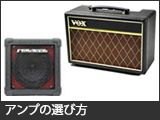 アンプの選び方
アンプの選び方

